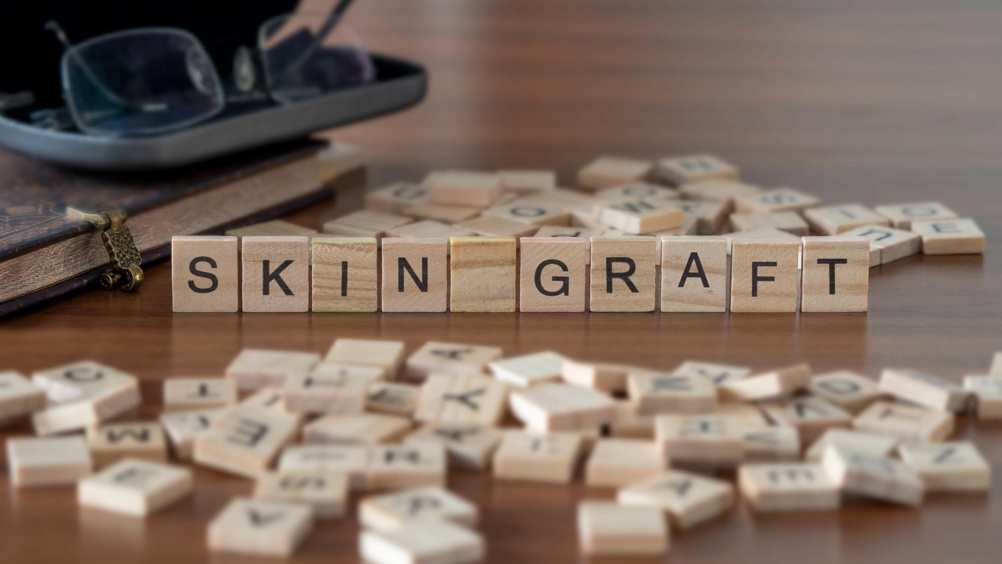References
A novel method of skin graft fixation using adhesive hydrofiber foam

Abstract
Objective:
Conventional skin graft fixation uses a tie-over bolus dressing with splint fixation. However, splints are highly uncomfortable and contribute considerably to medical waste. Previous study has shown positive results using hydrofiber for skin graft fixation. The aim of this study was to assess the effectiveness of using adhesive hydrofiber foam for skin graft fixation.
Method:
In this retrospective study, patients reconstructed with split-thickness skin graft that was fixated only with adhesive hydrofiber foam from April 2017 until April 2019 were included.
Results:
A total of 44 patients took part, of whom 32 were male and 12 female, with a mean age of 56±19 years. The mean operative time was 77.5±91 minutes. The average defect size was 42±37cm2. The mean skin graft take was 97±5%. The mean length of hospital admission after skin grafting until discharge was 8.5±9.2 days. Excluding those patients undergoing other procedures at the same time as the skin graft gave a total of 34 patients. Their mean operative time was 32±20 minutes, and mean length of hospital stay after skin grafting was 4.0±4.7 days.
Conclusion:
Adhesive hydrofiber foam for skin graft fixation was technically very easy to apply, resulting in a waterproof, non-bulky, secure dressing. Splints were not required. Patients were allowed to mobilise. This method resulted in increased patient comfort and decreased medical waste. From these findings, we believe that this is an extremely simple and effective method of skin graft fixation.
Skin grafting is a common procedure that is often required for wound repair and reconstruction. The conventional form of skin graft fixation is using a tie-over bolus dressing together with splint fixation. However, these splints are highly uncomfortable and contribute considerably to the amount of medical waste generated.
Many other forms of skin graft fixation have been described. Common methods include negative pressure wound therapy (NPWT),1,2,3 tissue glue,4,5,6,7 Hypafix (a self-adhesive dressing tape, Smith+Nephew, Australia)8,9 and Mepitel (a silicone dressing, Mölnlycke, Sweden).10 However in all these forms of skin graft fixation, it is necessary that the patients be bedbound and rested.
In 2018, we described our method of skin graft fixation using hydrofiber.11 We followed up on this study by using adhesive hydrofiber foam (AHF, Aquacel Foam, ConvaTec, UK) for skin graft fixation. AHF has a similar contact layer using hydrofiber, but contains a secondary absorbent foam layer, as well as an external waterproof layer with a silicone adhesive border. This should provide increased patient comfort as well as ease in wound care, allowing the patient the freedom to take a shower if they so wish. The aim of this study was to assess the effectiveness of this form of skin graft fixation.
Register now to continue reading
Thank you for visiting Journal of Wound Care's Silk Road Supplement and reading some of our peer-reviewed resources for healthcare professionals across Asia. To read more, please register today.
